The word “morphing” is derived from the word “metamorphosis” which Webster's Dictionary defines as a transformation of form, character or structure. In Morphing Doubles with Open/Close Technique, Gordy Knudtson shows how double strokes can be manipulated or morphed into flam, drag, ruff, and roll sounds with open/close technique. This methodology reveals a deeper underlying truth, that seemingly different rudiments are actually just rhythmic variations of the same set of mechanical components – i.e. single paradiddle / single drag tap / flam accent. (84 pgs)
Morphing Double Strokes with The Open/Close Technique
$9.95
Description
In Morphing Doubles with Open/Close Technique Gordy Knudtson uses a hybrid notation system he calls slow motion notation to assign exact rhythmic positions for every note of a rudimental pattern, even the grace notes of flams and drags. When used along side of standard notation, slow motion notation lets you see exactly how the pattern can be played with open/close mechanics.
In this book slow motion notation was used to create rhythmic/mechanical variations of three short, fundamental stickings – RRLL, RLL, & RRL. Each variation was then used as a cornerstone, or fundamental building block, augmented with single strokes and/or more building blocks to create longer patterns. Each extension idea, applied to the rhythmic/mechanical variations of one sticking, created a group, or “family” of patterns all built from the same mechanical DNA. This simple process not only yields many PAS rudiments, it reveals their mechanical cousins as well, some known and some new.
Morphing Doubles – Pt 1.
You must be logged in to post a review.
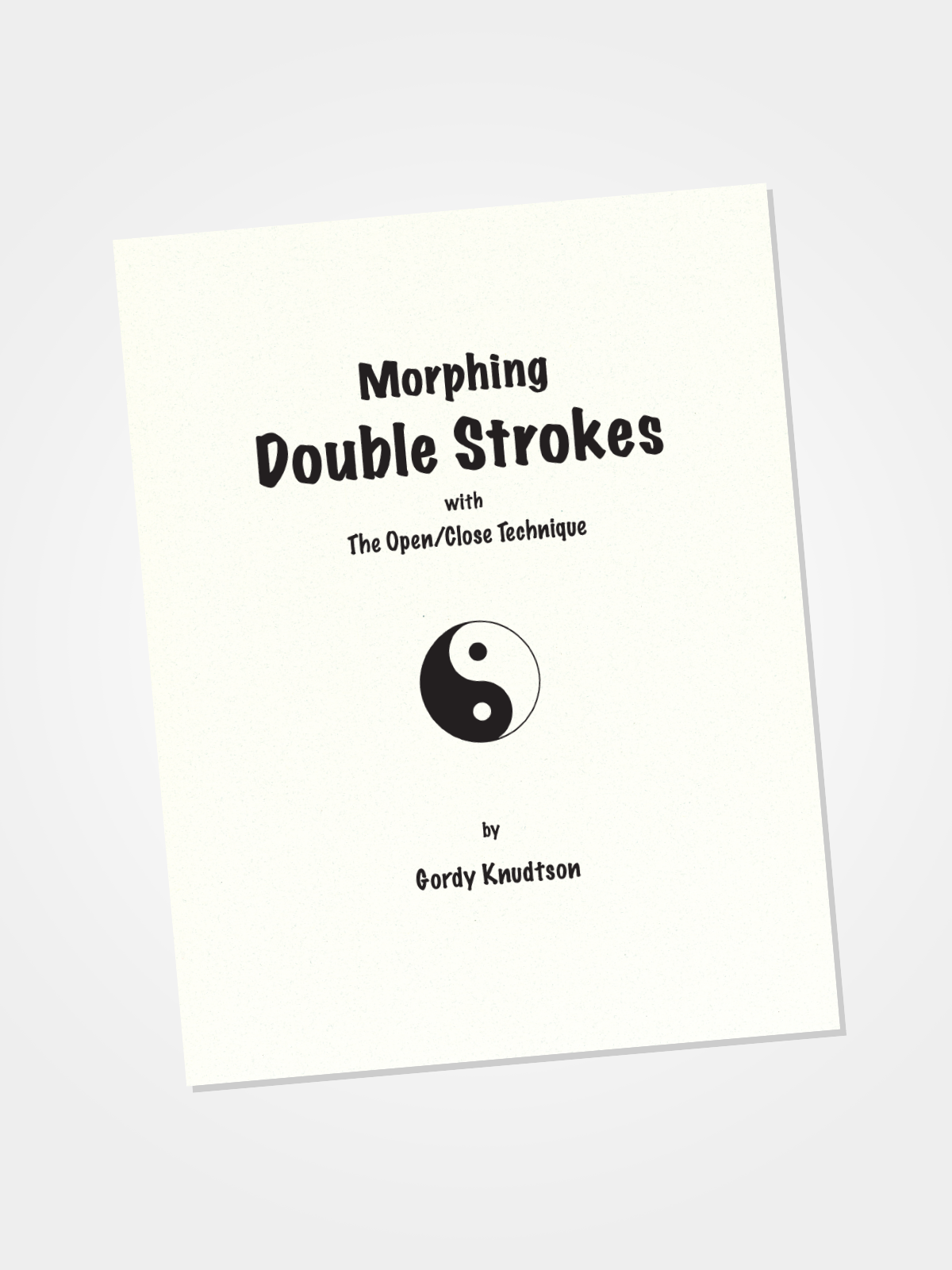
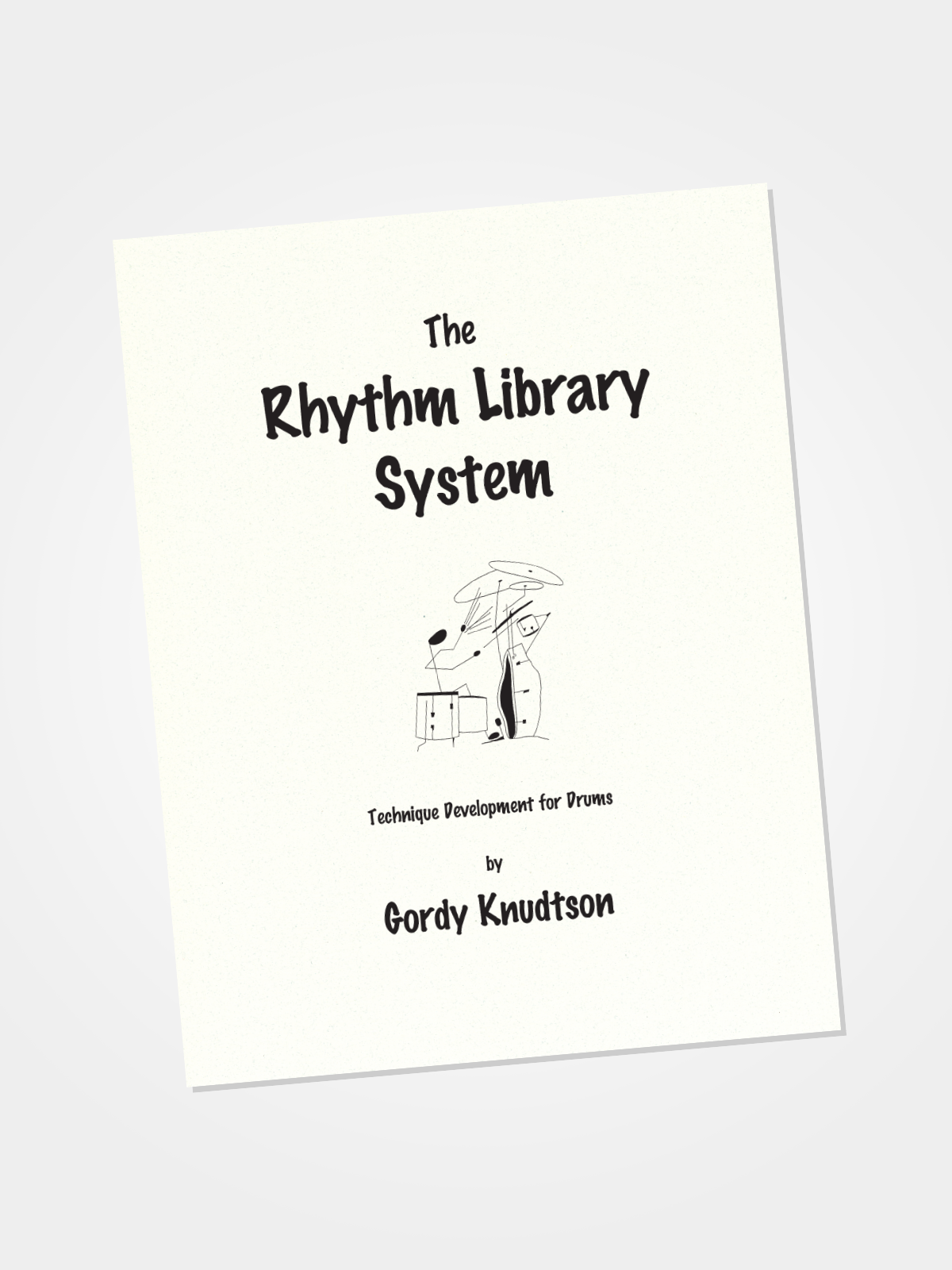
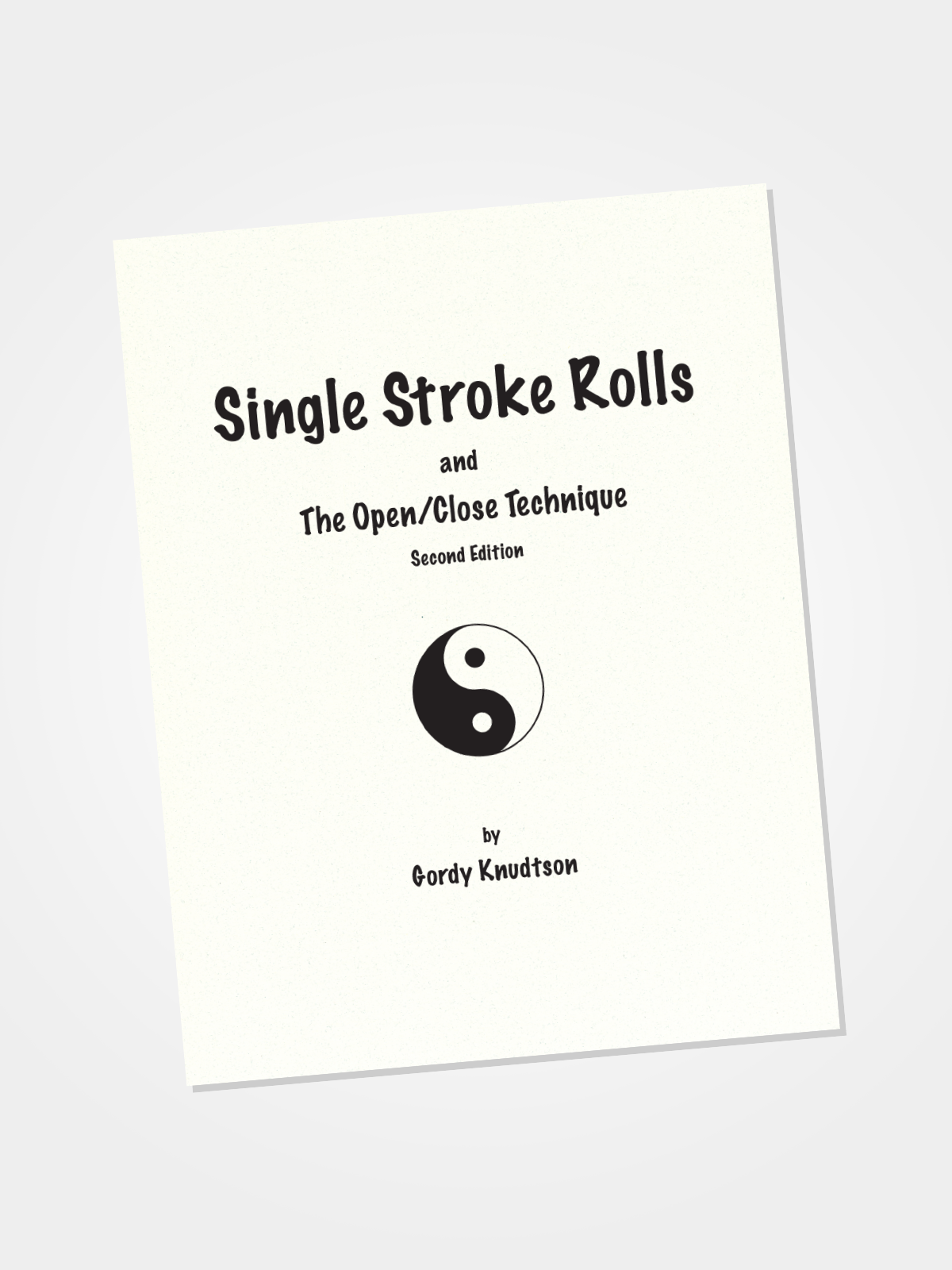
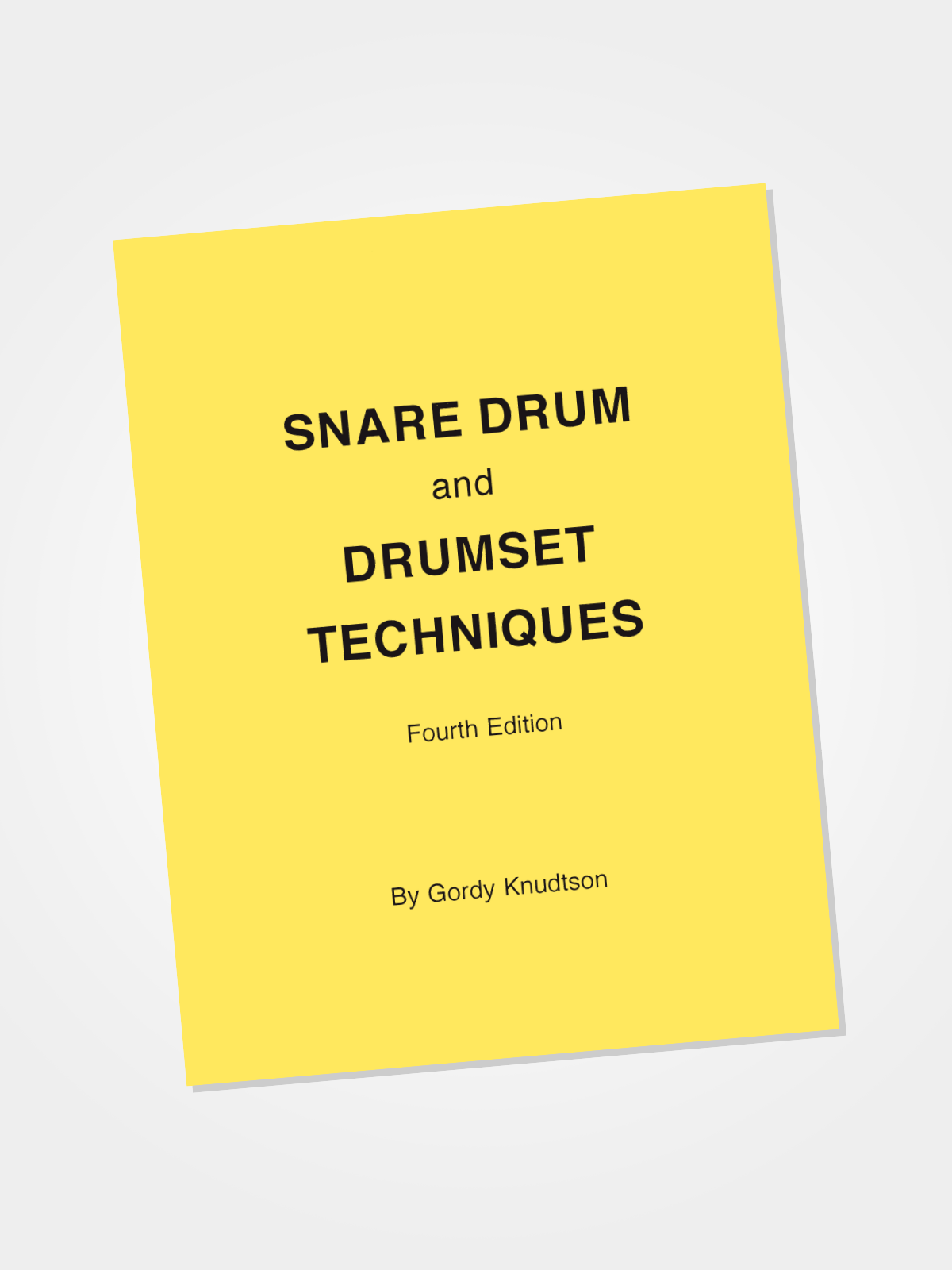
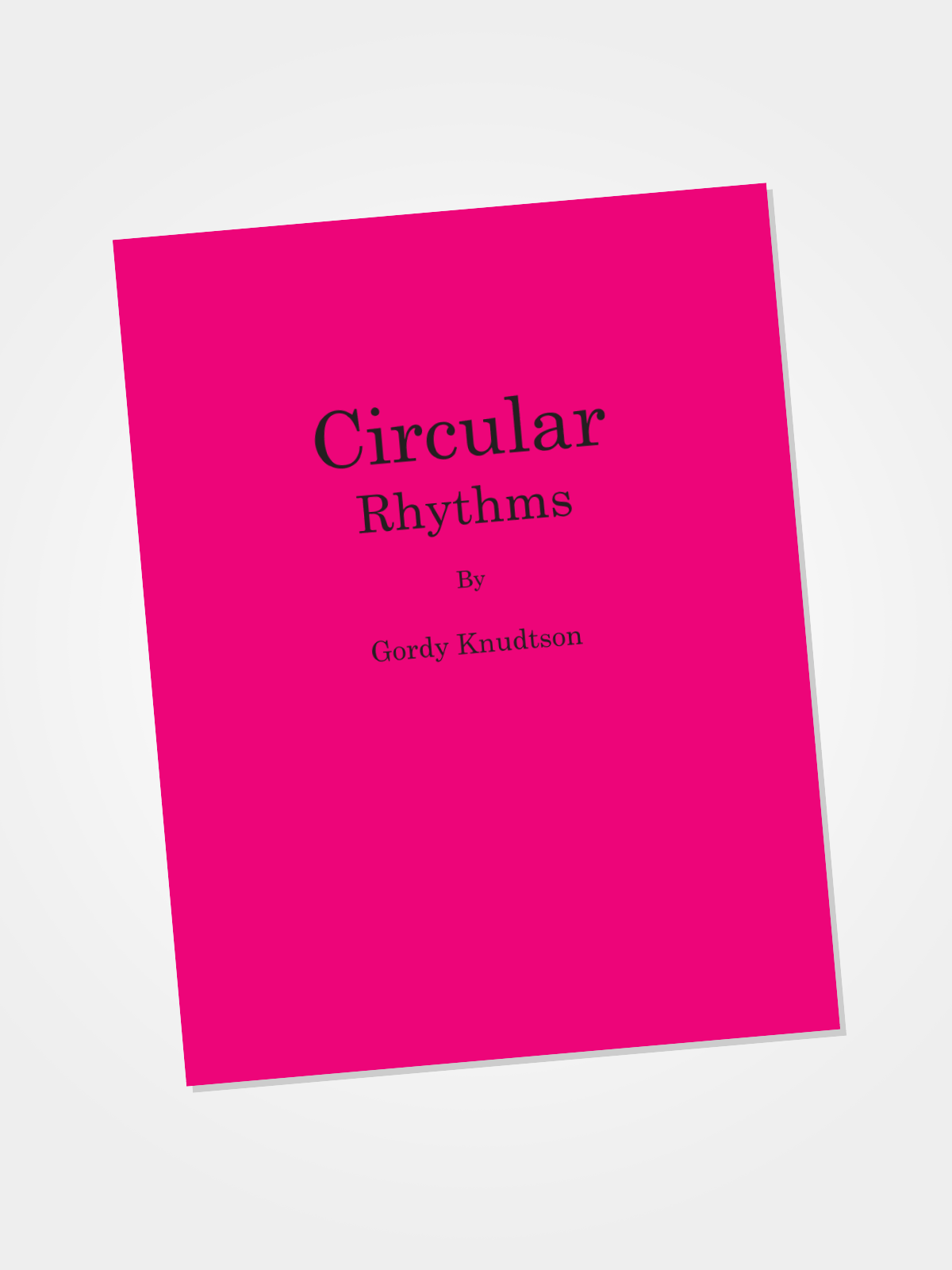
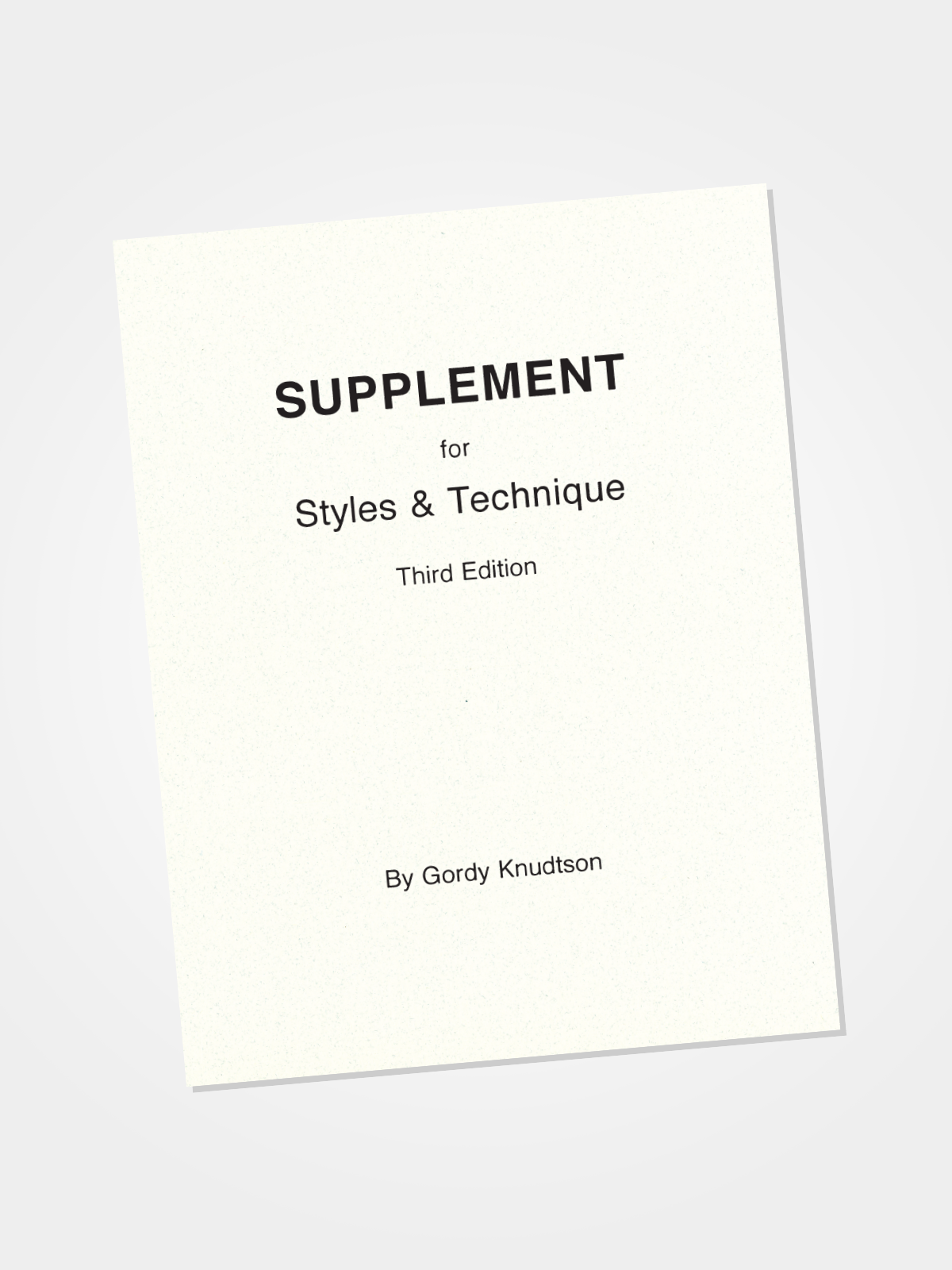
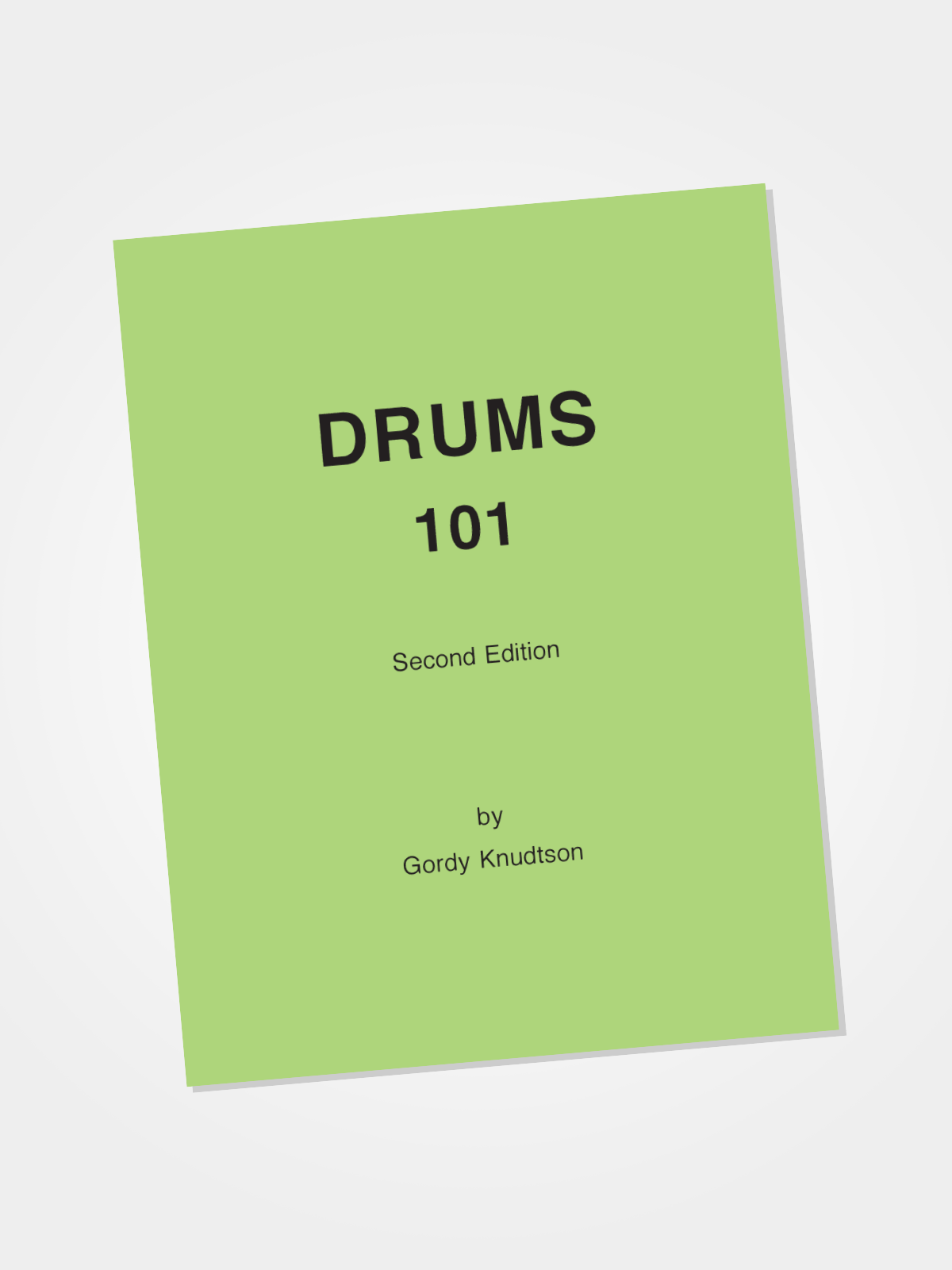
Reviews
There are no reviews yet.